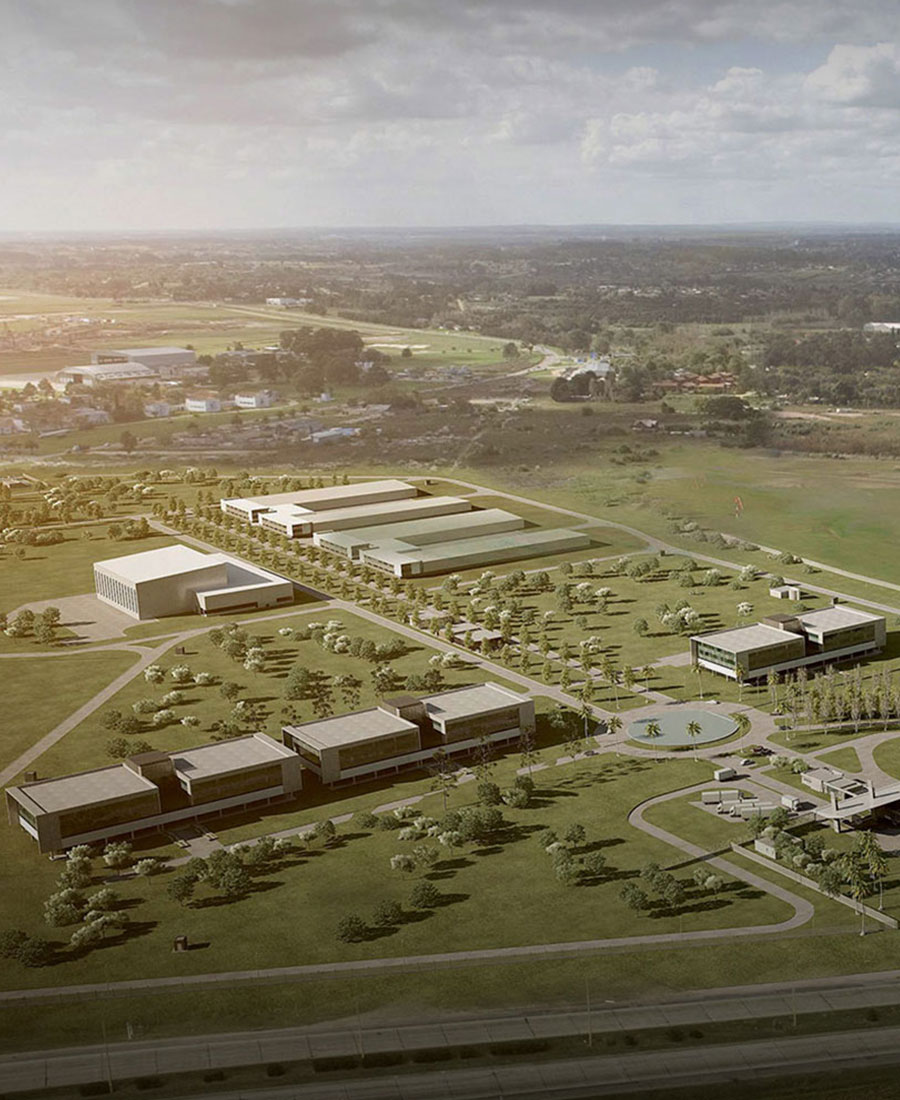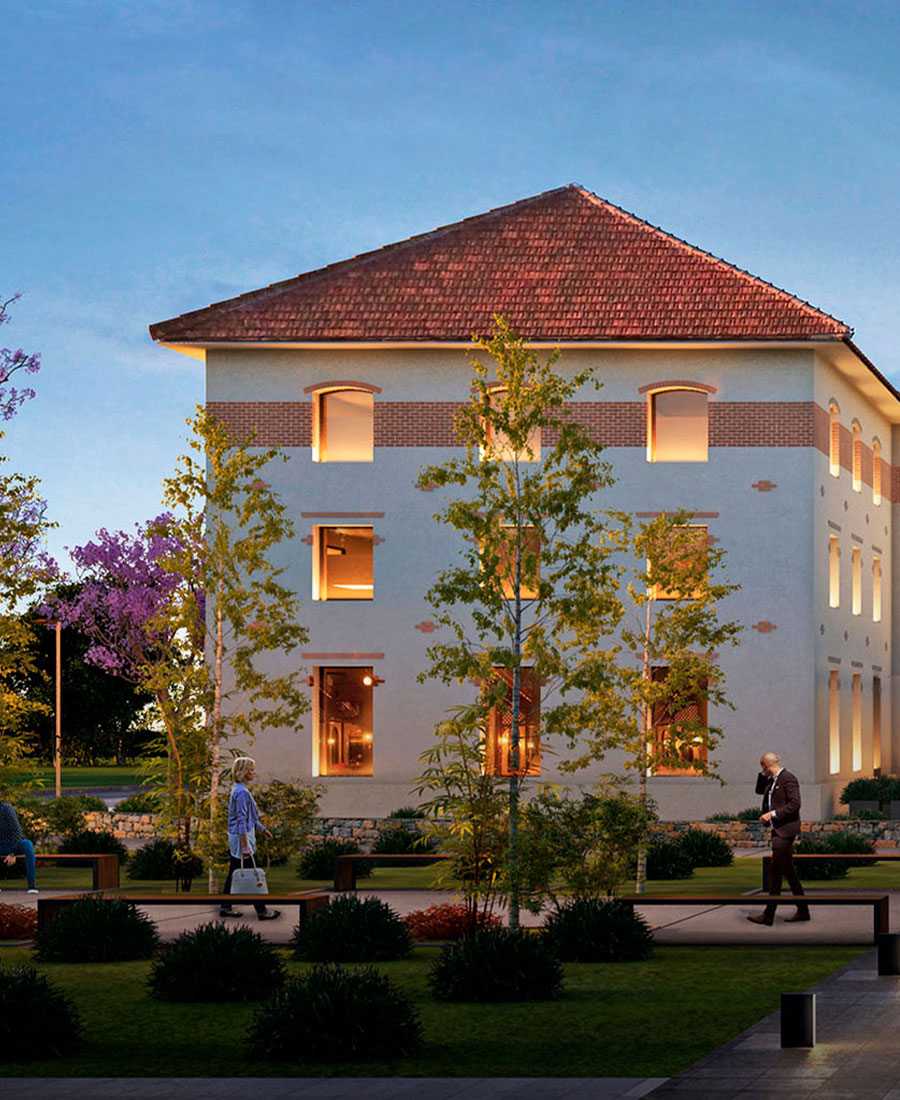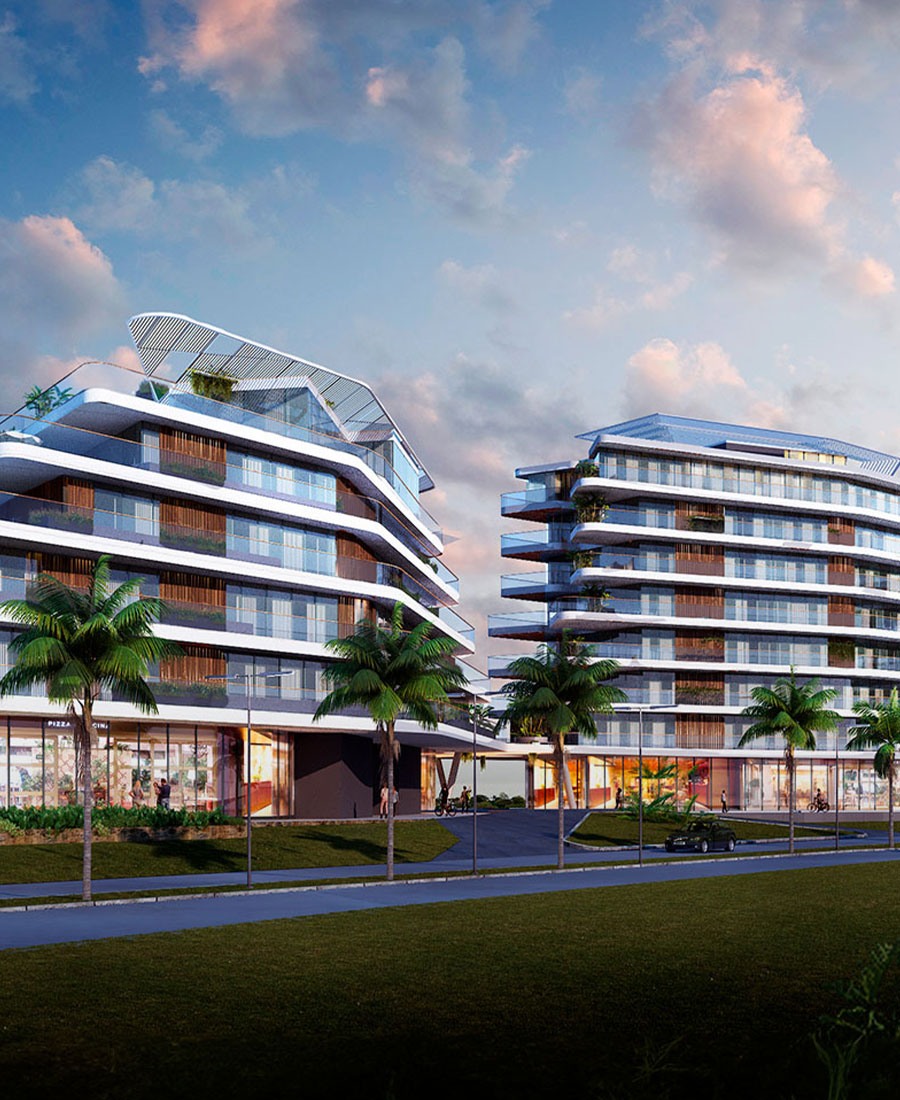

The Impact of AI on Creating Spaces and Experiences
Architecture, as both a discipline and practice, has continually evolved, adapting to the changing needs of society, technology, and the environment. At the heart of this recent evolution is the integration of artificial intelligence (AI), which is redefining multiprogrammatic architectural design paradigms.
AI is not only transforming how architectural projects are conceived and executed but also enhancing the efficiency, sustainability, and customization of both living and commercial spaces. In the retail sector, AI enables the creation of more personalized and efficient shopping experiences by analyzing data to optimize space distribution and customer interaction. In residential settings, intelligent systems adapt and customize living spaces, promising greater comfort and more efficient energy management by dynamically adjusting to occupants' needs. In the real estate market, AI is revolutionizing everything from design phases to property management by facilitating advanced simulations for decision-making and automating operations, resulting in smarter and more adaptive buildings.
This convergence of architecture and AI is not only driving innovation in the form and function of built spaces but also setting new standards for human interaction with the built environment. Architecture's ability to adapt and respond not only to environmental conditions but also to human preferences and behaviors heralds a new era where architecture is not static but a living, changing entity, capable of providing personalized and sustainable solutions to the challenges of the 21st century. The integration of AI in architecture is a testament to the limitless potential of this technology to transform spaces, enhance human experiences, and optimize the functionality and aesthetics of our built environments.
Technology and the Built Environment
Today, Continuous Innovation is the strategy to build long-term value through adaptable, relevant, and resilient buildings and projects. Paradoxically, change is here to stay; to avoid falling behind, infrastructure must be adaptable, reconfigurable, and always in test mode. In user experience design, the immersive digital experience has become an expectation installed in the consumer, as well as an effective resource for creating more meaningful connections with brands. These experiences now set the new standard for connecting with audiences and shaping interactions with them. These interactions facilitate feedback that drives the continuous improvement of the experience and accelerates the adoption of innovative practices. Designing for seamless technology integration represents both an opportunity and a challenge. Successful projects are based on essential interdisciplinary planning that links customer experiences in digital and physical realms, while considering key performance indicators for business, users, and operations. The demand for advanced technology spans all sectors, and the next ten years are anticipated to mark an era of massive technology adoption in the built environment.
The Figital Experience in Retail
In 2020, humanity redefined the value of face-to-face encounters. As essentially social beings, we find satisfaction in meeting others, and the settings where this happens—places to eat, share, have fun, or learn—are part of the experience we seek. Today's consumers want more than just products; they crave memorable experiences. This led to an evolution in retail, with the emergence of pop-up stores, collaborations, and special events, both physical and virtual, thus fostering multiplatform experiences that link brands with consumers across multiple channels. According to a study by ICSC, shopping at physical stores and online are equally popular among all generations, including Generation Z (97% in physical stores, 95% online). A recent study anticipates that 43% of consumers plan to increase their online purchases in the coming months. This trend underscores the need for a seamless and coherent shopping experience both online and offline, leading to a 'figital' experience in which architectural design and technology enhance consumer interaction. In this context, Augmented Reality (AR) has emerged as a key tool, enabling virtual trials and real-time product visualizations, significantly enhancing the shopping experience. Thus, AR applications in stores allow consumers to try beauty products, glasses, and jewelry directly on their digital reflections, providing an accurate simulation of the real product. Brands like Warby Parker and L’Oréal have implemented these technologies in their apps and virtual mirrors, facilitating more informed and personalized purchase decisions. In the home segment, companies like Ikea and Home Depot use AR to allow customers to visualize how furniture and decorations would look in their own spaces, placing 3D products in their rooms through their mobile devices. This technology not only enriches the customer experience but also minimizes the risk of post-purchase dissatisfaction. In physical stores, AR enriches product interaction by superimposing digital information over physical objects. This includes details such as reviews, recommendations, and customization options, which enrich the shopping experience and enhance customer engagement. In this way, artificial intelligence (AI) significantly impacts both the efficiency of design and the user experience.
A New Paradigm in Architectural Design
Artificial Intelligence is revolutionizing living spaces in various ways. Its most significant impact lies in transforming the architectural creation process and the design of buildings and products. This suite of tools not only accelerates the design process but also offers new creative perspectives, contributes to space optimization, and enhances efficiency in habitable interiors. Among other design variants, AI elevates parametric architecture to new heights, exploring a wide array of forms and structures while accommodating multiple constraints and parameters. This architectural design technique uses algorithms and programming to create complex forms and structures, anticipating challenges and incorporating established rules, variables, parameters, and constraints. Powered by AI, this method allows adjustments of parameters and the observation of design changes in real time, optimizing the process and reducing design time. Generative design further optimizes architectural design through algorithms that evaluate different solutions based on predefined parameters, often leading to innovations and efficiencies that would be difficult to achieve manually. BIM tools supported by AI can process vast amounts of data to improve project planning and execution, facilitating more efficient construction. AI not only enhances the conceptual stage of architectural design but also significantly improves quality control and safety in construction projects. Through video cameras and computer vision algorithms, automated inspections can detect construction defects or anomalies.
Architects of Digital Living
In a highly interconnected and technologically sophisticated environment, residential architecture is undergoing a revolution that transforms user interaction with their homes. Driven by artificial intelligence and the internet, advanced home automation emerges, facilitating the integration of smart devices into homes. Examples include controlling lighting, intelligent climate systems, and voice assistants that automate household tasks. By incorporating the latest technological advancements, the management and maintenance of buildings are optimized, operational costs are reduced, and the residential experience is significantly enhanced, proactively adapting the environment to user preferences.
But our homes are no longer the only livable spaces: in the era of the metaverse and metamodernity, we navigate a predominantly virtual environment, where we primarily exist as avatars. The metaverse, a constantly evolving three-dimensional space, transforms our interaction with the built environment, enabling the realization of architectural concepts that defy physical laws such as gravity. Concurrently, metamodernity seeks a balance between nostalgia and innovation, merging the real and the virtual. This period, characterized by the search for authentic meanings and the creation of new narratives, drives architecture that emotionally connects with people and designs experiences that encourage reflection and engagement in a constantly changing world.



